Submitted Review
Rosie Deacon ‘How Do I Know My Parrot is Happy?’
Rosie Deacon has been practicing exuberance and expansiveness for much of her career. Her new show with Newcastle’s Lock-Up takes her familiar joyful kitsch and troubles it: makes it evasive and ambivalent.
As always, Deacon’s work draws on her childhood in central New South Wales. It’s replete with campy Australiana, in the materials you might find in an aunt’s sewing cupboard: pom poms, sequins, varied configurations of tinsel. Many of the little creatures populating her installations are found figurines; others are crafted anthropomorphic shapes, gesturing to koalas or birds. In @r_gallo‘s catalogue essay, the sense of profusion that runs through and over the work is also attributed to Deacon’s regional upbringing: here, as in Nyngan, there are ‘all these animals breeding and populating, making homes in their own corners of the acre block.’
The work is also site-responsive, as is usually the case for shows at The Lock-Up. Sitting within the dark recesses of the former police station, Deacon’s animals are caged within their surroundings. In this context, there’s a sense of defiance to the work: style for its own sake in this cold climate. There’s also a growing sense of melancholy. The expanding foam begins to look droopy or melty; the shiny bright paint begins to signify a sense of uplift that slips away. This is nostalgia proper, always with something just ungraspable, ever receding, at its core.
‘The expanding foam begins to look droopy or melty’
The Lock-Up is running an impressive program of public events for the show. In one room, audience members are invited to craft their own parrot figures and attach them to one of the installations. The gallery is also running a series of public programs for audience members with disabilities, including tactile tours. This is deeply thoughtful work, engaged with the history of the space and with the local community equally.
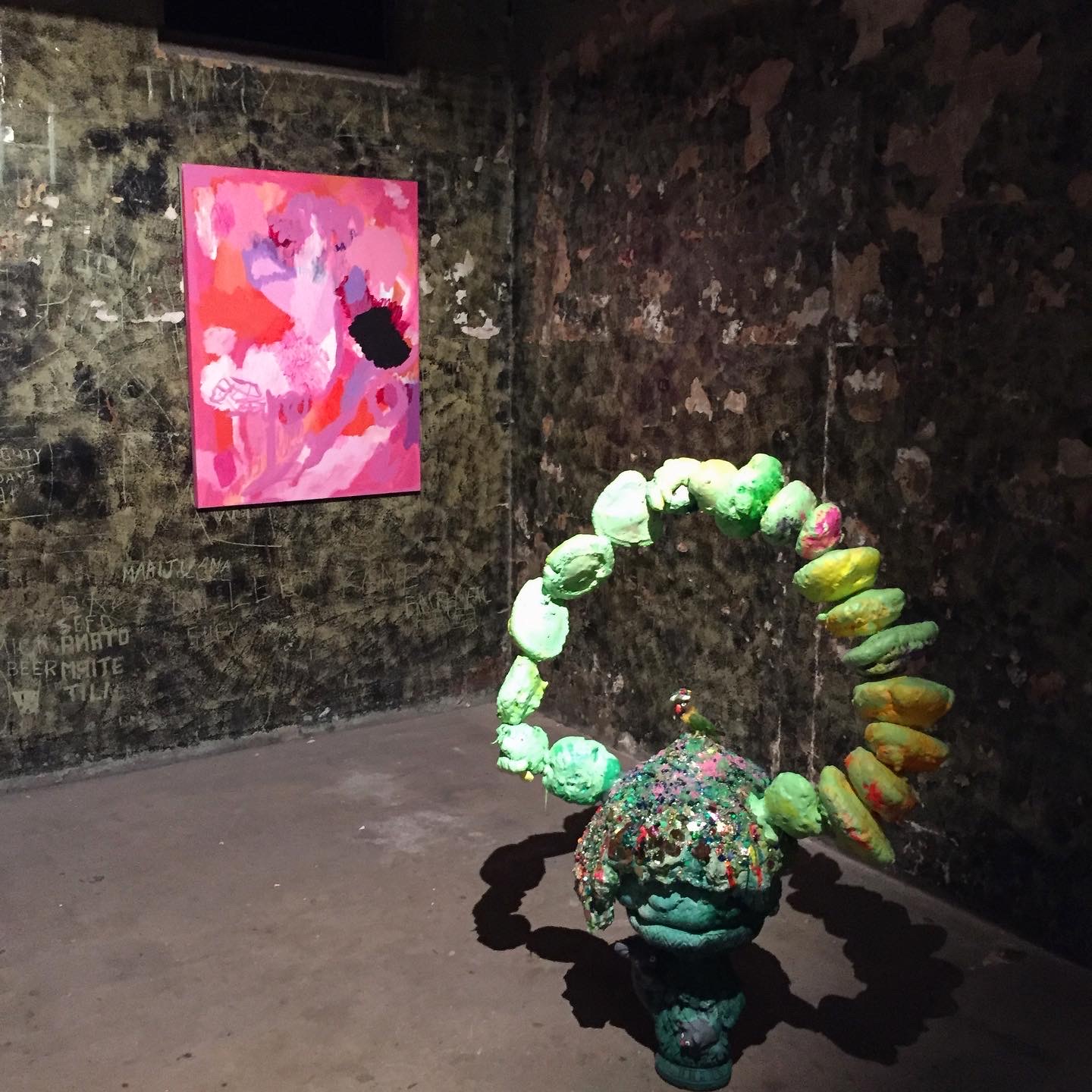
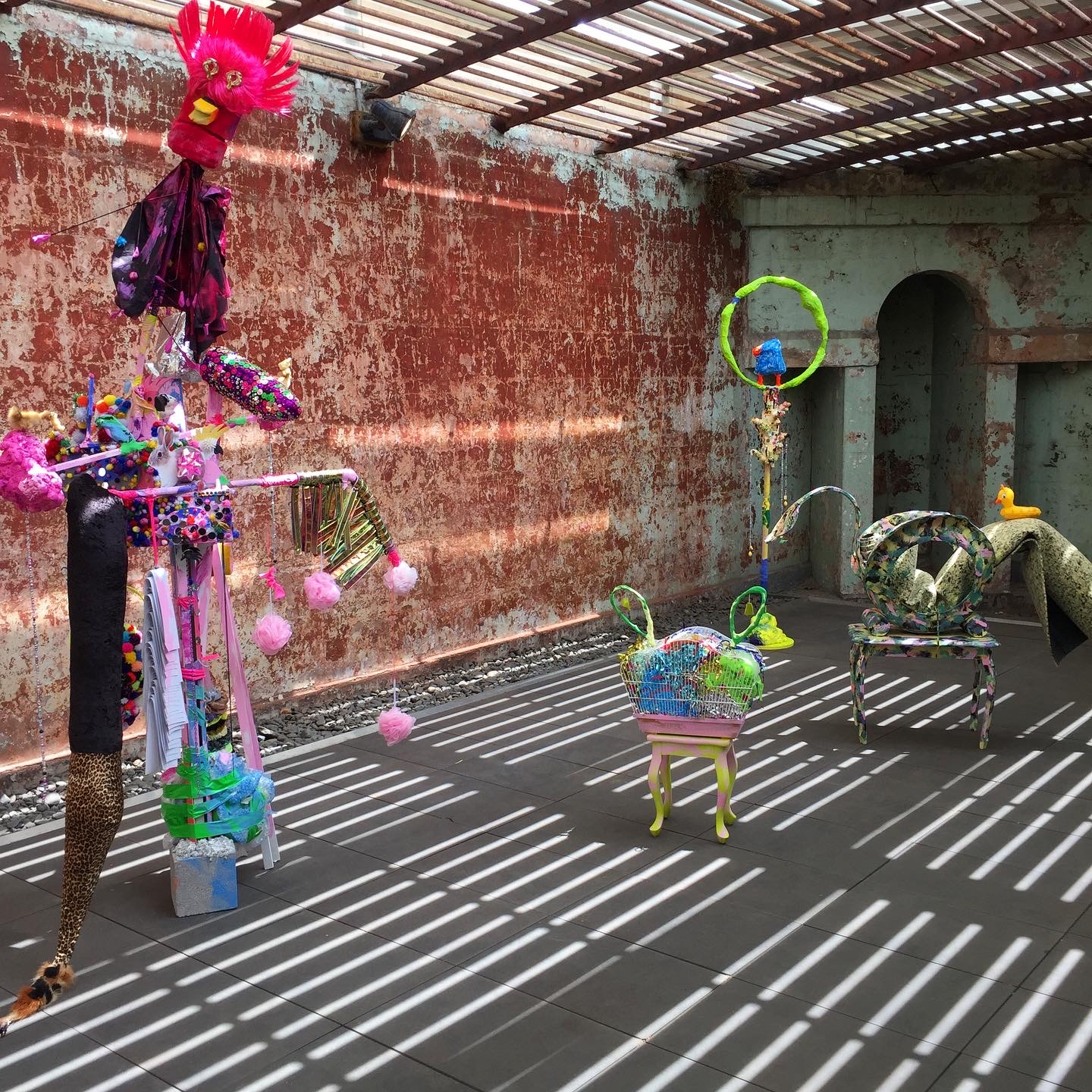
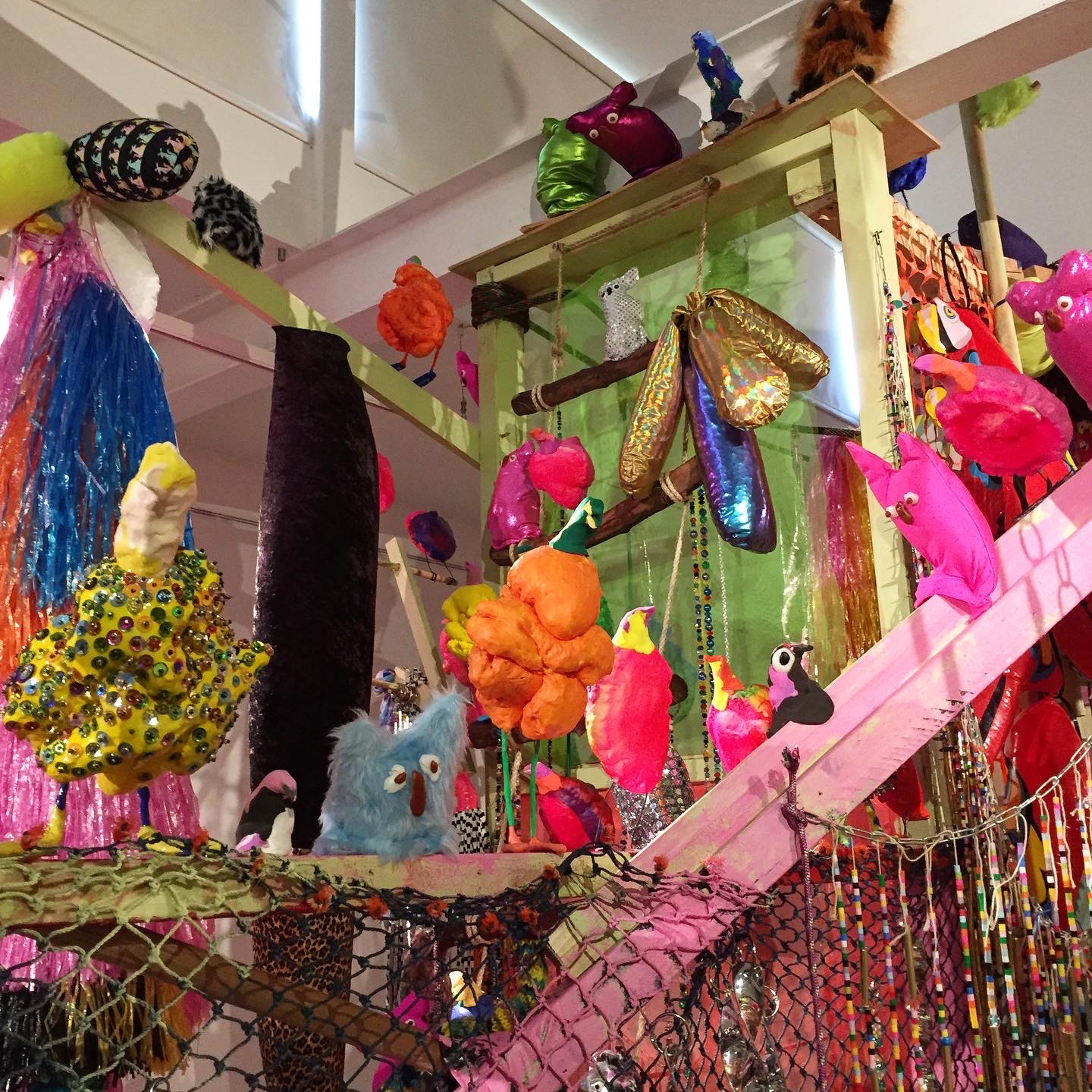
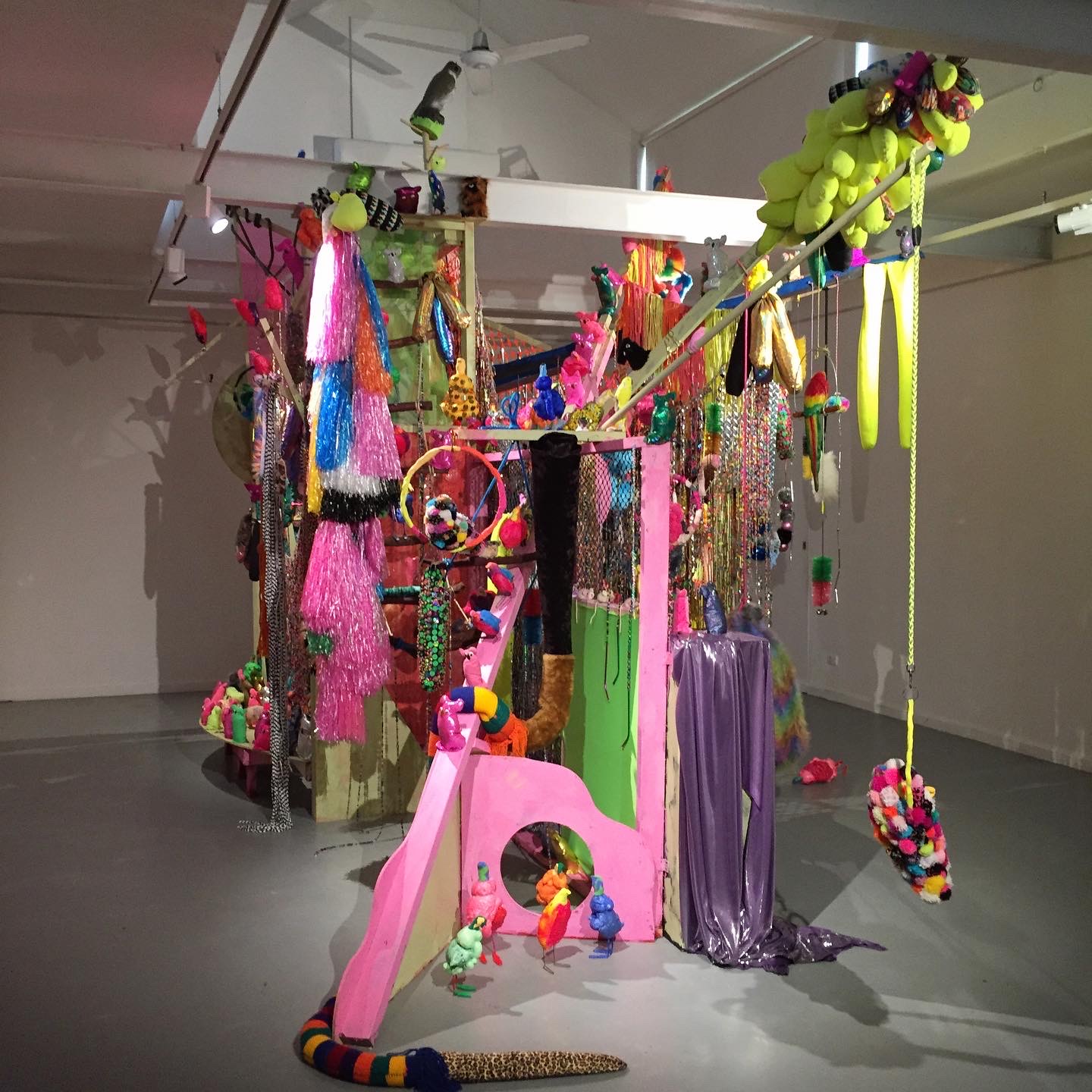
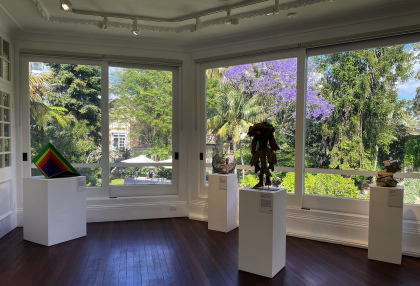
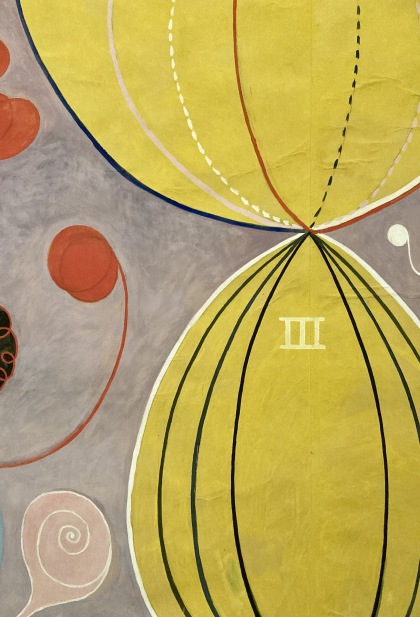
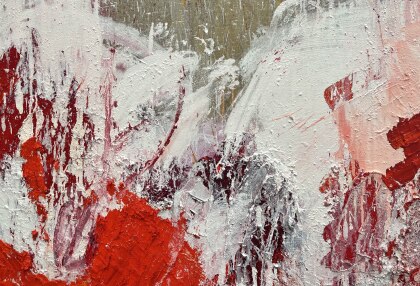
No Comments